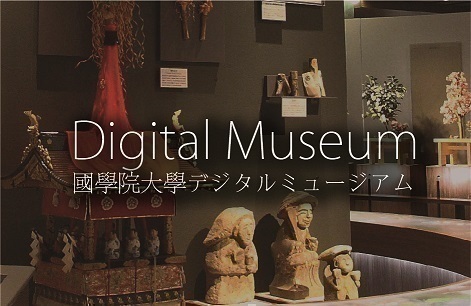- トップ
- Encyclopedia of Shinto
- Tomobe Yasutaka
Encyclopedia of Shinto
| Main Menu: | |
| Links: |
詳細表示 (Complete Article)
| カテゴリー1: | 8. Schools, Groups, and Personalities |
|---|---|
| カテゴリー2: | Personalities |
| Title | Tomobe Yasutaka |
| Text | (1667-174) A scholar of Suika Shintō of the mid-Edo period. His common name was Buemon, and his epistolary names were Shiansai and Yaegaki no Okina. Born at Shinagawa in Edo on the first day of the twelfth month of 1667, Tomobe began studying Neo-Confucianism under Satō Naokata (1650-1719). He then taught Neo-Confucianism to Atobe Yoshiakira (1658-1729) and others, and introduced them to his teacher Satō. Subsequently he learned of Suika Shintō from Atobe, and as a result came to have doubts due to differences between the theories of his teacher Satō and those of Yamazaki Ansai (1618-82, the founder of Suika Shintō). Eventually he severed his ties with Satō and engaged in criticisms of and disputes with Satō's school. Together with Atobe, Tomobe pursued the study of Suika Shintō, and on the eighteenth day of the ninth month of 1718, both he and Atobe received the highest esoteric initiation into Suika Shintō from Ōgimachi Kinmichi (1653-1733). While ably assisting the blind Yoshiakira, Tomobe worked to edit Yamazaki's collection of writing and poetry Suika bunshū (in three volumes), together with other works. He died on the fourteenth day of the seventh month of 1740, at the age of seventy-four. Tomobe's numerous works range from Shintō nonaka no shimizu, with which he aimed to popularize Shinto teachings from the position of Suika Shintō, to the commentary on the Shintō gobusho (the Five Books of Shinto) which formed the central texts of Ise Shintō. His Kuji hongi gengi bassui tokoyogusa is particularly important as the only available commentary on the medieval Buddhist monk Jihen's Kuji hongi gengi (first, third, fourth, fifth, and ninth volumes). —Nishioka Kazuhiko |




